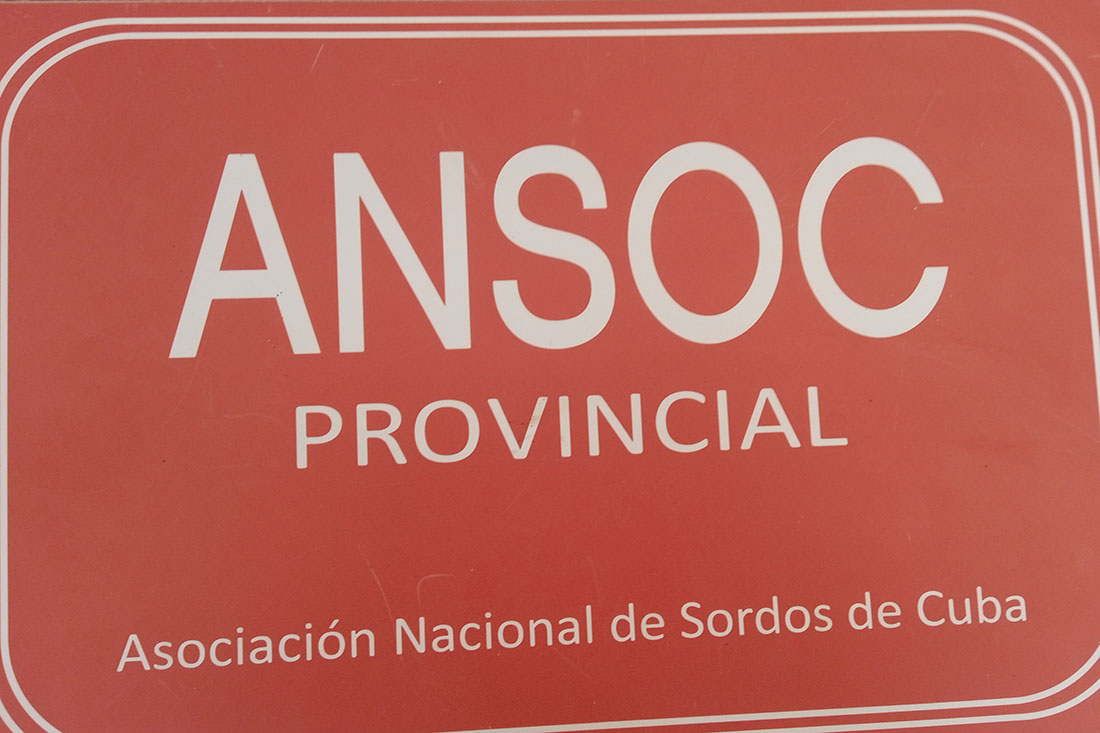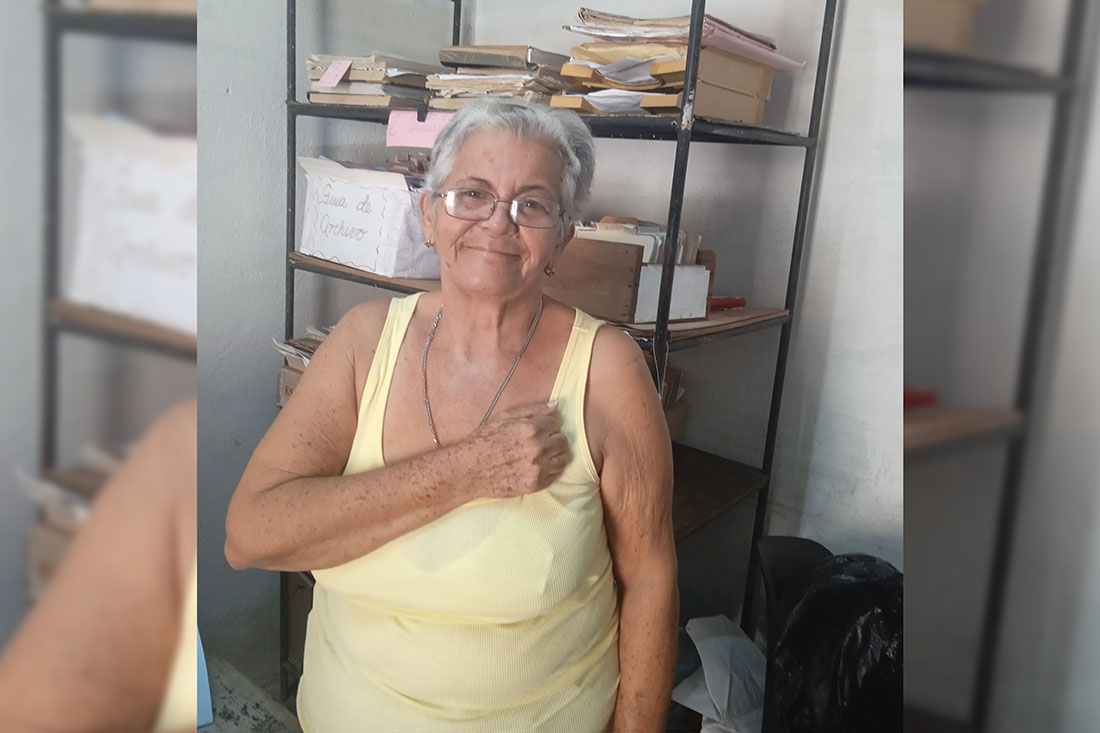Sign language is for the deaf community its soul, its ears and its window to the world. This is how Raquel Amador Aguirre defines it, a Camagüeyan woman who, since the age of 21, her hearing problems worsened and since then she has been part of the great family that is the National Association of the Deaf of Cuba (ANSOC).
Since 1993 Raquel has held various positions in the Provincial Directorate of the Association, a building located in the Historic Center of the city. Currently, she works as a statistics officer, but at other times when she had to attend meetings with hearing people, she relied heavily on Pavel, one of the three interpreters that ANSOC has in Camagüey.
Remembering a lot, she thanks him, because participating in any social event with the interpreter made her feel safer, but above all included, a very important aspect for those who live with hearing disabilities.
Sign language
According to the World Federation of the Deaf, there are approximately 70 million deaf people worldwide. More than 80% live in developing countries and use some 300 different sign languages.
The Cuban Sign Language (LSC, by its acronym in Spanish) is the language used by the deaf community in Cuba. There are approximately 19,000 users of it and each region has its particularities. Of that figure, the City of Waterpots has 2,200 associates. A curiosity is that the Mexican and Spanish sign languages share several gestures and representations with the Cuban one.
These forms of communication are natural languages for all intents and purposes, but structurally distinct from spoken languages.
There is also an international sign language that is used by deaf people in meetings around the world and, informally, when they travel and socialize. This international language is considered a pidgin language, that is, a mixed language created from signs similar to several peoples.
For an inclusive society
The General Assembly of the United Nations proclaimed, in resolution A/72/439, September 23rd as the International Day of Sign Languages; in order to increase awareness of the importance of these and defend the human rights of deaf or hearing impaired people.
The Assembly establishes that early access to sign language and services associated with this language, including quality education, is vital for the growth and development of deaf people, and decisive for the achievement of sustainable development goals. It also highlights the importance of preserving sign languages as part of linguistic and cultural diversity.
The education
The special education for deaf and hearing impaired children in Camagüey trains its teachers and students with the tools of that language, in addition to offering courses for the general public. Just a few weeks ago, a workshop for workers of the Telecommunications Company (ETECSA) in our territory concluded. Specialists from the Historian’s Office have also participated in these preparations, to facilitate attention and exchange with this public.
We return with Rachel
Raquel’s 30 years in the Association have given her the experience to serve as an interpreter for anyone who comes looking for help. Knowing that beautiful language, that uses gestures to convey a message, describes it as a kind of gift that breaks the silence, and due to her condition, allows her to be up to date.
Hence her gratitude for the specialists who offer their knowledge on Camagüey Television and on the National Newscast, to bring deaf people information and culture, just enough for a society that like ours seeks to be inclusive; allowing people like Raquel, or her friends Yamilet and María, to have the opportunity to enjoy television.
This approach to Sign Language, from the Camagüey branch of ANSOC, was very pleasant and instructive for me, that is why I say goodbye making a sign that I learned to show my gratitude; With her hand over her heart, Raquel replies that the pleasure was hers.
Translated by: Aileen Álvarez García







